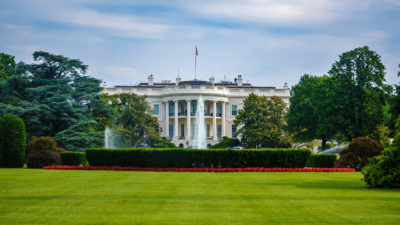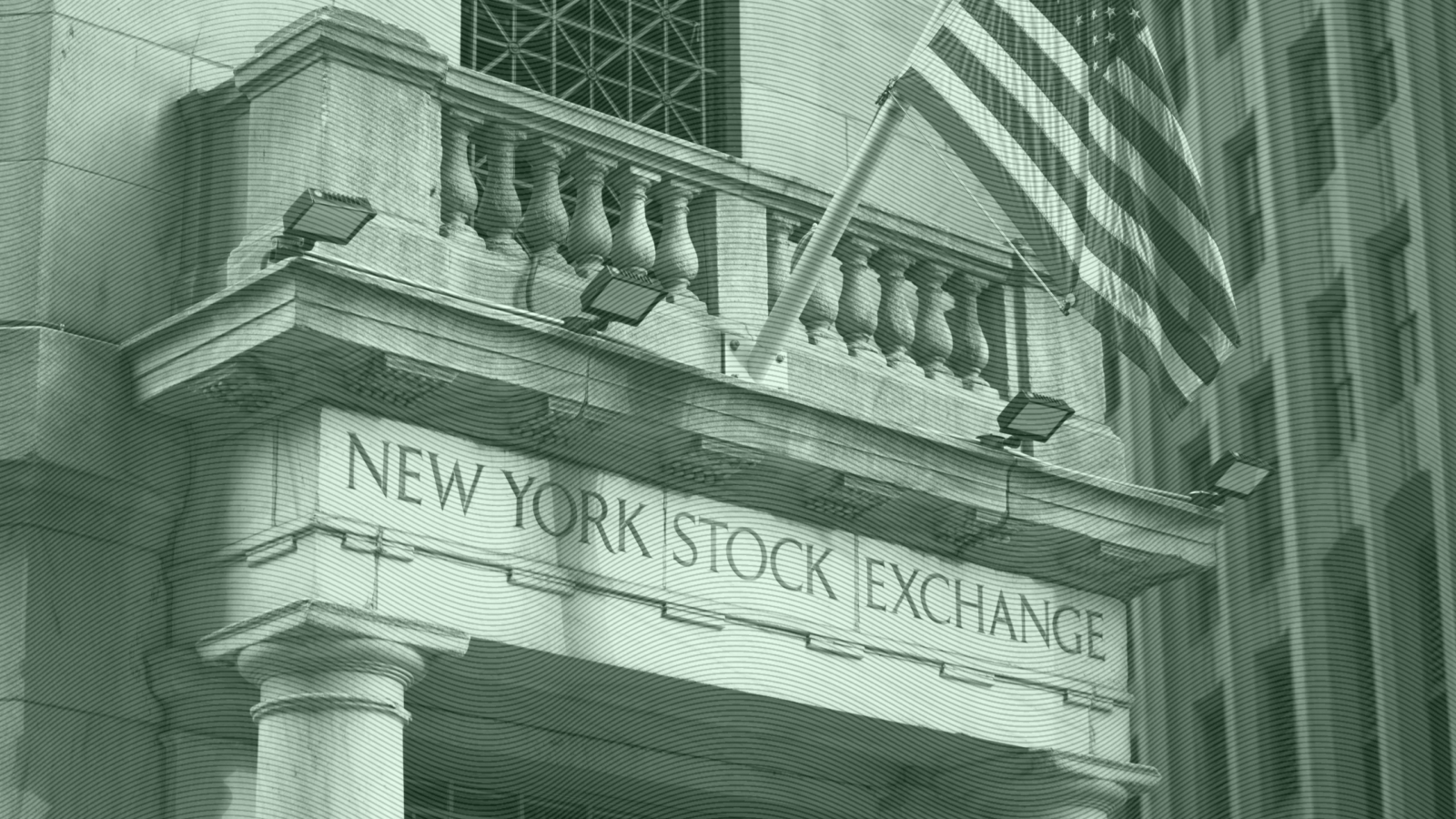Morningstar
Get More Than News. Get Insights.
Our daily email brings you smart and engaging news and analysis on the biggest stories in business and finance. For free.
-
Capital Group, Dimensional Top Active ETF Inflows Amid Volatility

Photo via Connor Lin / The Daily Upside












